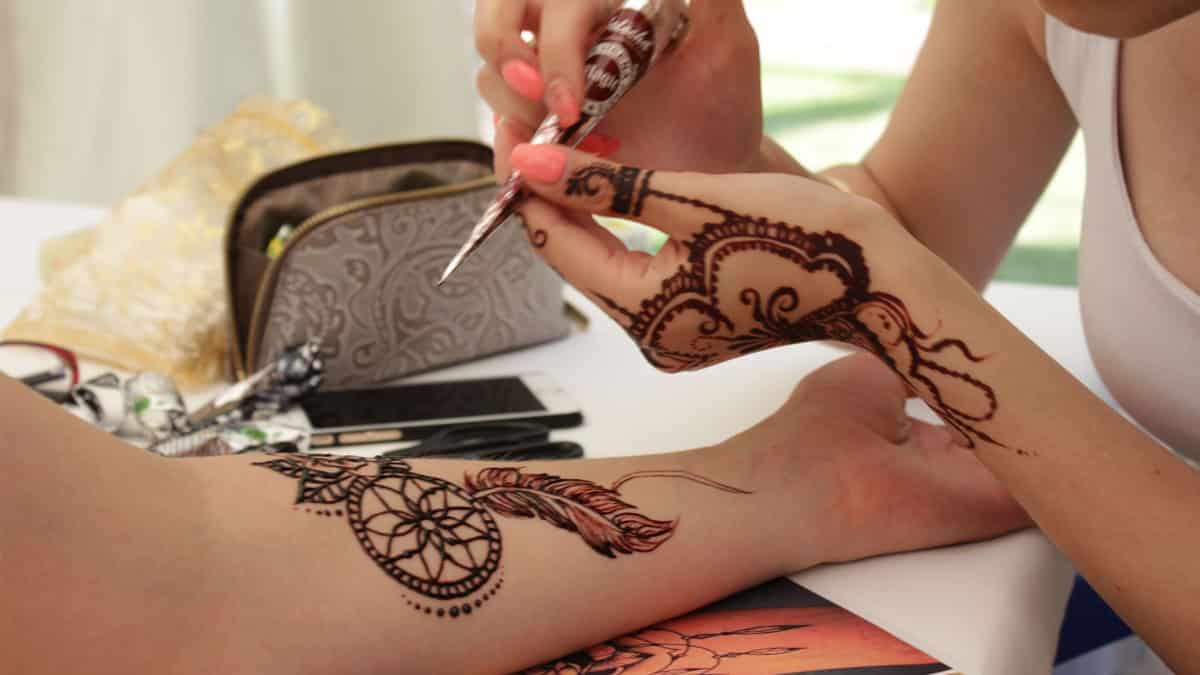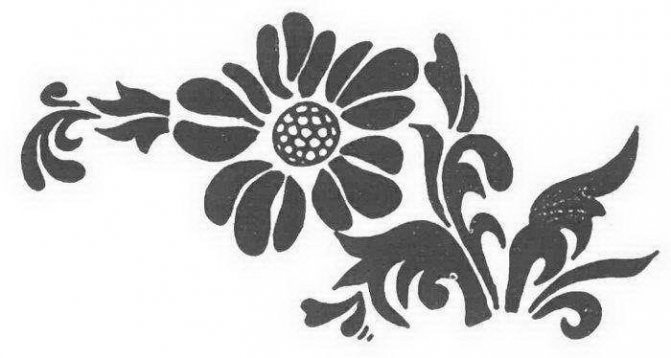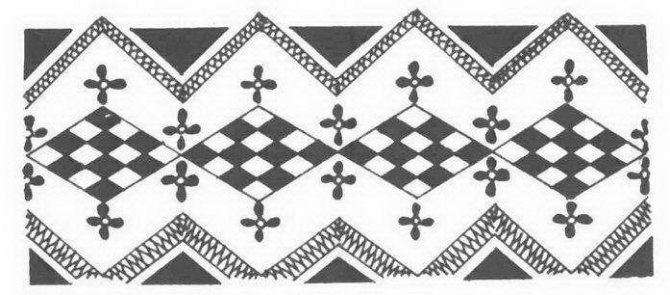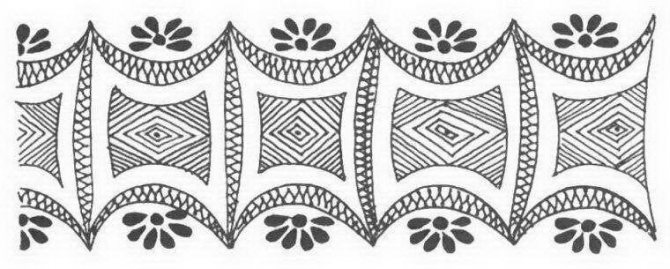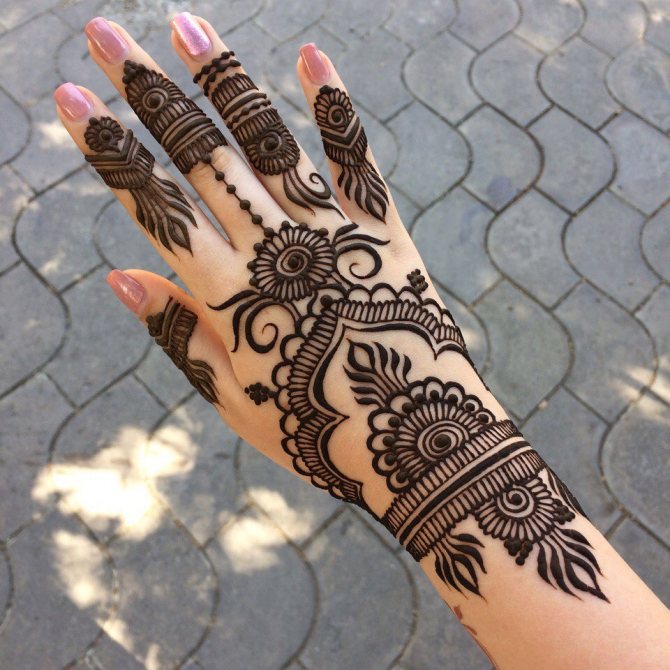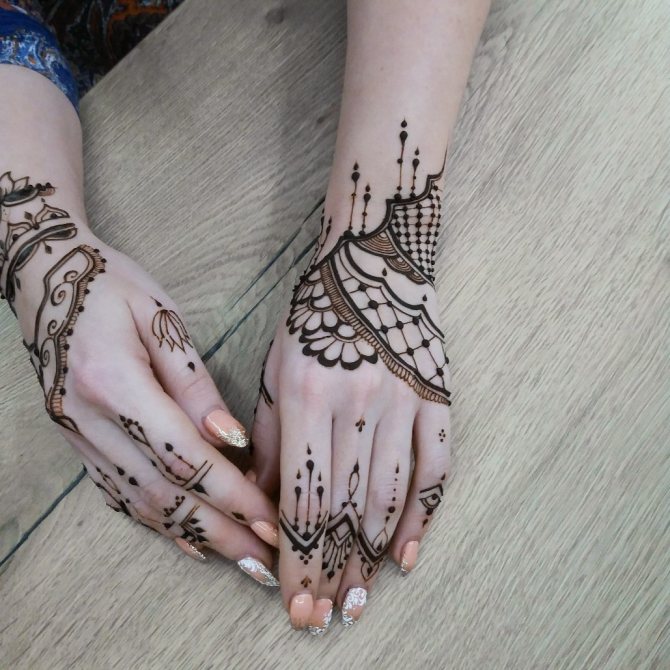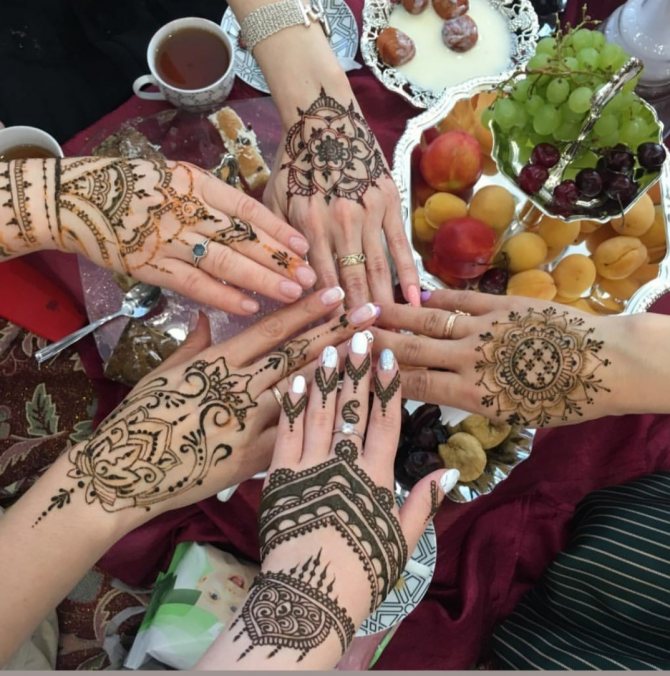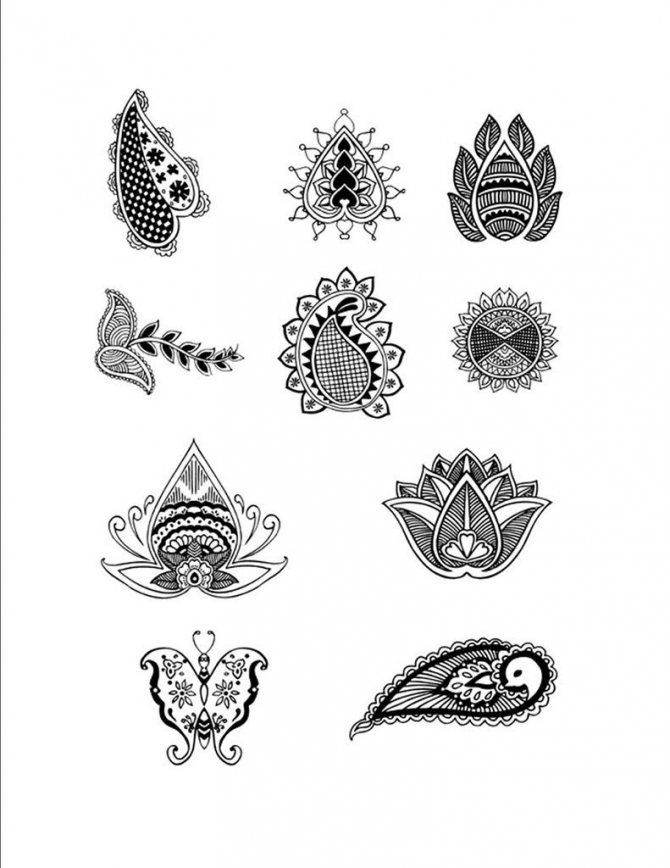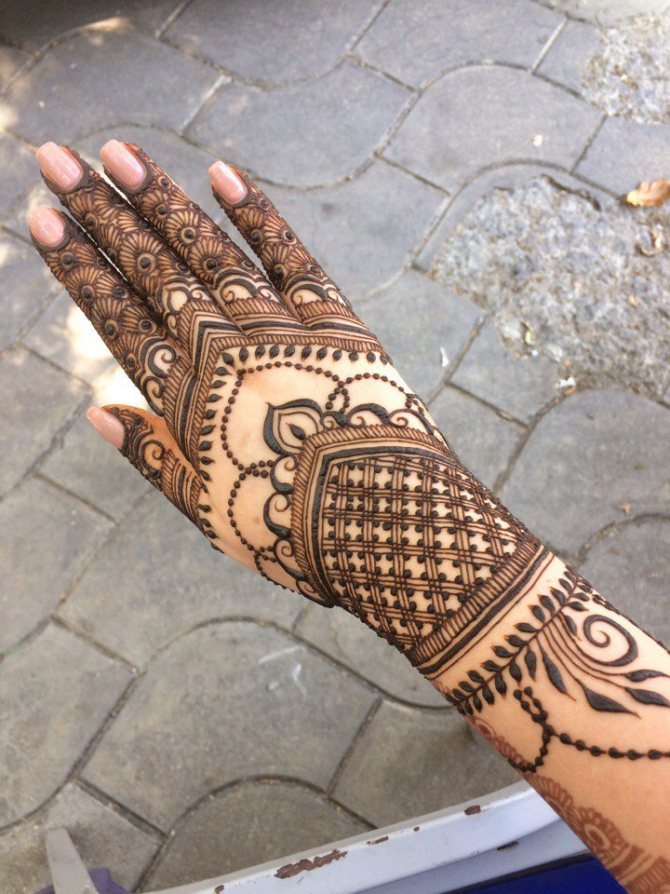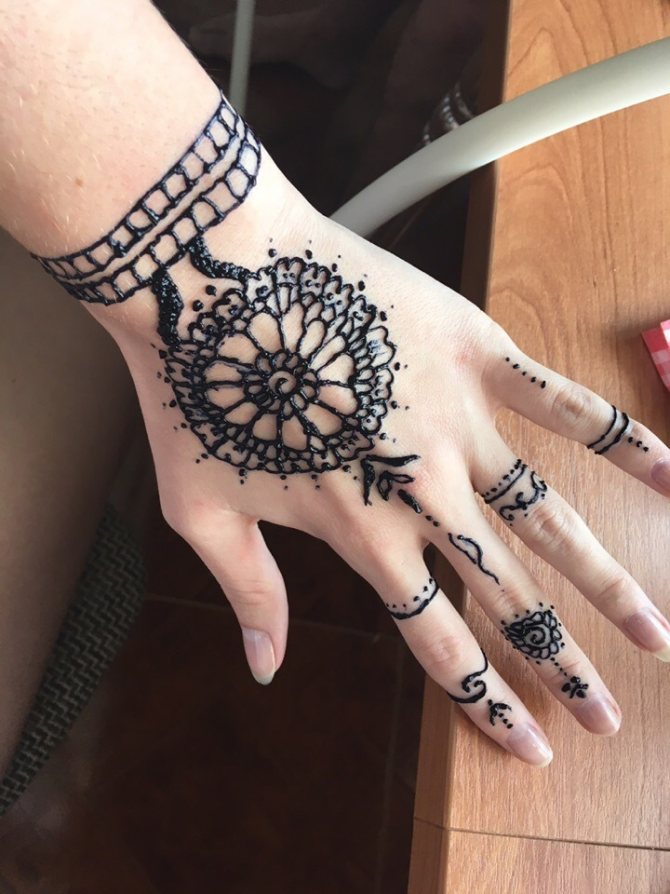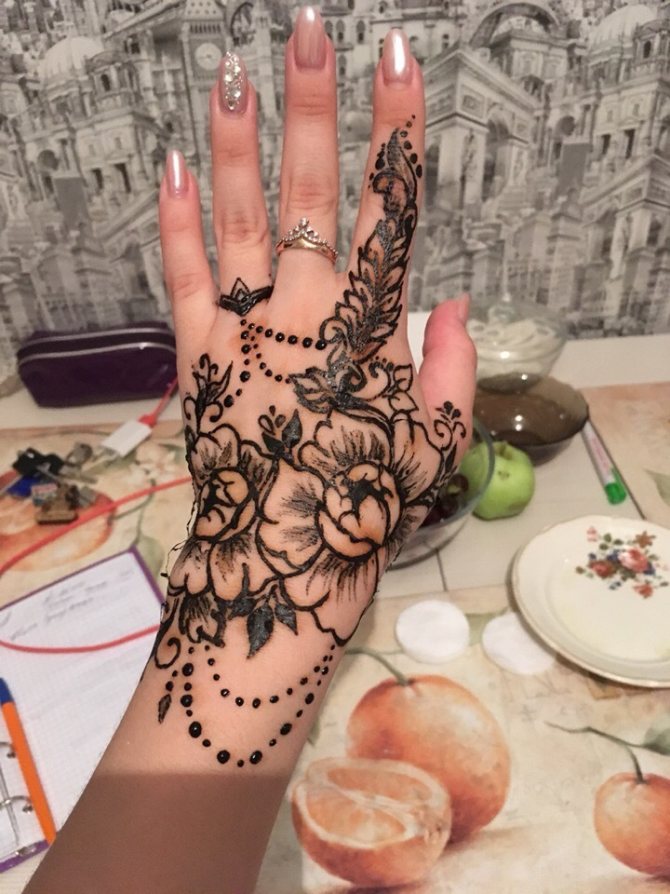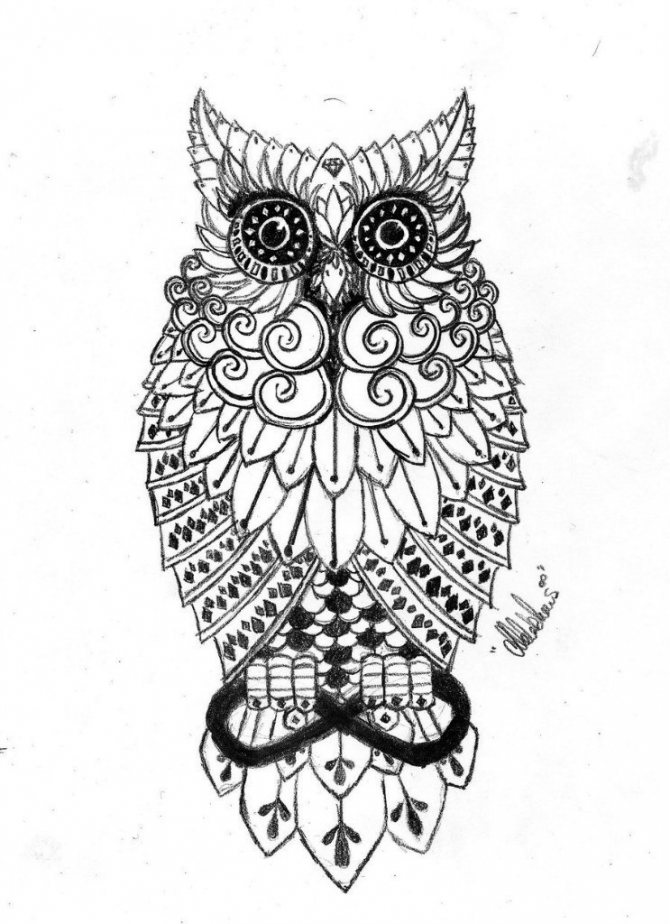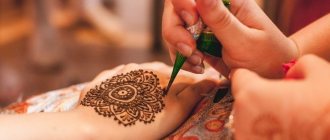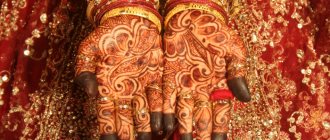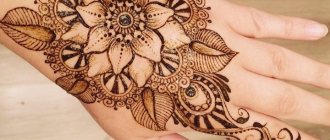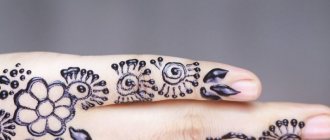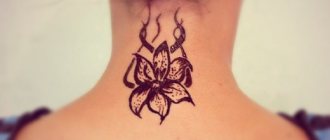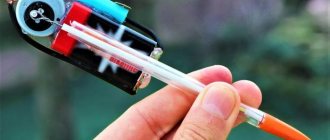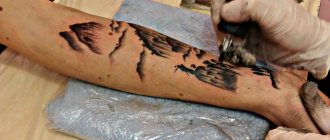Many of us would like to decorate our bodies with a beautiful pattern, but not everyone can dare to make a permanent tattoo. It is for those who like temporary patterns on the body and there is a henna tattoo, which is applied to the skin without pain and comes off after a week or two. Such a painted image is called mehendi tattoo, and it came to us from ancient Egypt, although many people mistakenly consider her homeland India.
Mehendi is a painting of henna on the body mainly in brown and black colors (sometimes white), and the peculiarity of such a picture is that it does not flow and is not imprinted on clothes.
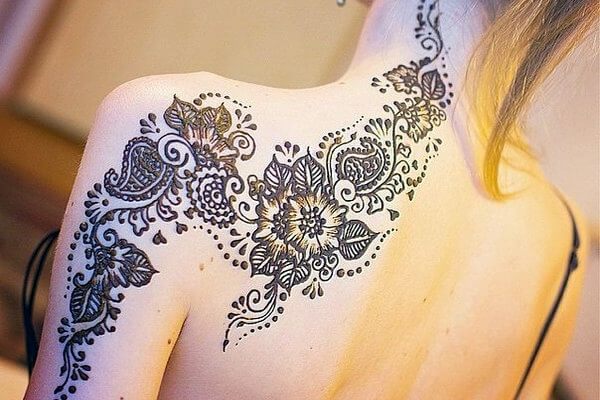
In addition, if you want, you can easily make mehendi at home. How to draw henna on the skin? How to dilute the herbal composition correctly? How long does mehendi last? These and other questions and we will consider in this article.
How to prepare paste for a henna tattoo
If you want to make mehendi at home, you first need to prepare a paste, for which you will need henna powder, two spoons of sugar, half a lemon and 130ml of tea brew. How to dilute the henna and how to make mehendi paste at home? Here is the easiest and most accessible recipe for everyone:
- Make the tea. You can make your tea stronger or weaker, depending on what shade you want for your design. 130ml is the medium strength.
- Squeeze the juice of half a lemon into the cooled brew. If you want to make a magic potion, you need to make a magic potion with the help of a magic potion.
- Pour separately in a cup dry henna and gradually add to it the tea-lemon solutionTo make a paste. Let it stand for 25 minutes - and the cooking is done.

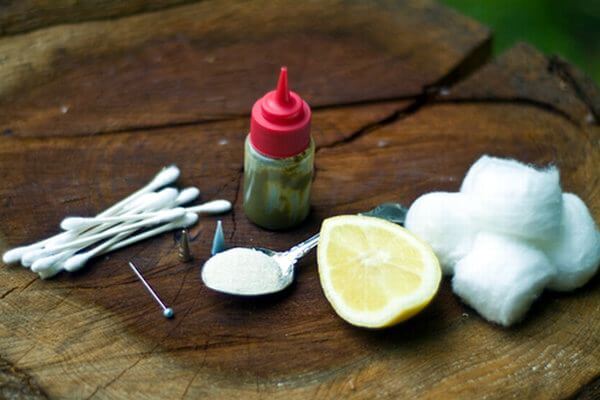
- Now all you need to do is to roll up a cone of thick paperThrough which you will apply the henna tattoo at home, and you can begin to create.
- Do not forget the glovesEspecially if you are applying mendi for the first time. Although henna is safe for the skin, but it easily stains it, and it will be difficult to wash your hands of it.
It is important to note that Ready-made henna for mehendi can not be stored for a long time - no more than two days in the refrigeratorAfter that period to use such a coloring agent is already undesirable.
Therefore, if you are not sure about the time for drawing on the body, you should not prepare the paste in advance - it is better just before the application.
Choosing the dye
You can buy a tube of pigment in one of the specialized stores in the city or on the Internet. In the second case, you can order henna for a better price, but to ensure that the actual quality corresponds to the stated, you will have to read reviews and find a reliable seller. The cost of henna depends not only on quality but also on the country of manufacture, transportation and so on.
Among the most popular brands:
- Neha. The leader in the market of coloring pigments. It is considered the most resistant, but it shows up only in a day. The maximum intensity is on the second or third day;
- Singh Satrang. Comes from India, is based solely on natural ingredients, has a good quality;
- Kaveri. Most of the salons use this paint for mehendi;
- Golecha. Paint based on henna. Suitable if a bright and clear pattern should be obtained as quickly as possible.
You can make the paint based on the powder yourself. For this you will need: - henna powder. The finer the grind, the brighter the drawings;
- A fine sieve to sift the powder;
- A ceramic or glass bowl;
- wooden spoon
- lemon or lime;
- Strong coffee or tea.
Also useful essential oils - they will make the tattoo bright, and the emotional mood right.
How to apply a henna tattoo
Once you have chosen the image for the tattoo, you can proceed to drawing henna at home. In order for the temporary tattoo to be permanent, it is important to apply henna correctly. How to do mehendi? Stick to the following step-by-step instructions:
- Before you apply a henna mendi, First prepare your skin. It is desirable to remove hairs, because on them the paint stays longer than on the body, and when the tattoo comes off, it will not look aesthetically pleasing. Then degrease the desired place - and you can proceed.
- Put a transparent paper file on the pattern you have chosen, and carefully trace the pattern with a special pencil or just a regular pen. After that, put the file on your skin and hold it for a while to let the pattern print out.
- Now take a paper cone, put in it prepared henna for tattoos and, slightly pressing, begin to apply it to the sketch. If you accidentally overstep the outline - just gently remove the excess with a cotton pad soaked in water.

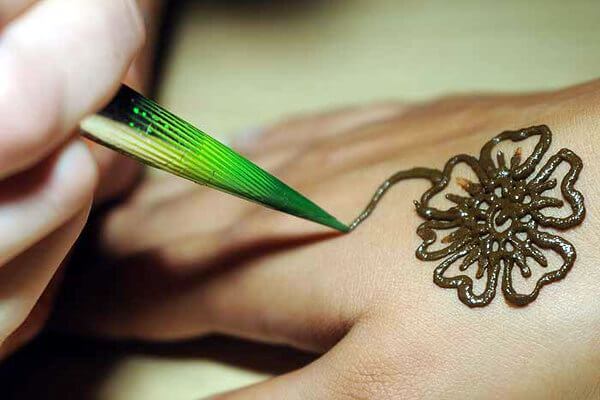
- After you finish drawing mehendi at home you only have to wait for one hour until the ornament dries - and your temporary painting is ready. Unlike a permanent tattoo, no ointments or creams can be applied to mehendi.
- Be prepared for the fact that the henna pattern when applied to the skin gives a very persistent effect, so if you want to remove the pattern before the time - you will not be able to. Mehendi comes off on its own, the only way to speed up this process is to wash often.
Interesting: How to take care of the tattoo in the first days and until the complete healing
Useful tip: Do not touch the tip of the cone to the skin, keep it in the weight. And if there are very thin lines in the image, you can easily apply them with a toothpick. Just dip it in the paint and transfer it directly to the drawing.
What is mehendi? Types of biotatu, pros and cons of temporary henna patterns
Mehendi or as it is also called "mendi" is an oriental art of decorating the body with natural henna. In translation from Hindi, "mendi" means "henna". The original homeland of body painting is not reliably established (some historians say Egypt, others say India). Over the centuries, the technology of mehendi (also known as kamfir or kofer) has survived almost unchanged. In contrast to the classic tattoos that became widespread in Europe, the people of the East preferred the method of decorating their bodies, which does not cause harm to health and does not damage the skin.
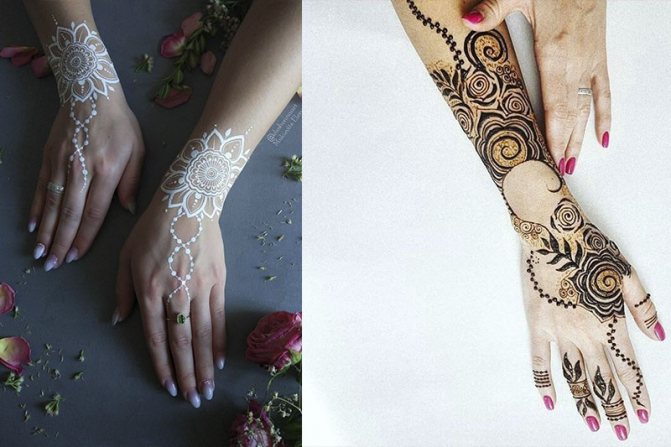

And now this cultural tradition has many fans around the world. For some girls mehendi is just an opportunity to express themselves, paying tribute to fashion. Others see the incredible beauty of henna patterns with a deeper meaning, considering them not only fantastically expressive jewelry, but also a powerful protective amulet. There are four varieties (styles) of mendi - Arab and Asian, Indian and North African (Moroccan):
- For Moroccan
Mehendi is characterized by geometry (strict lines) and floral motifs. Often henna is wrapped around the palms of the hands or the whole feet because of its antiseptic properties, which are in demand in hot climates; - Arabic
mehendi style is a floral theme. The most common pattern is in the form of a beautiful chaos of small flowers combined in a single plot; - Indian
variety of henna decorations are a great variety of symbols and subjects corresponding to the theme of this or that ritual or holiday (animalistic images, geometry and floristics). This country is characterized by openwork painting with the effect of socks or gloves, when the pattern almost completely hides the surface of the skin; - Asian
Mendi is very close in style to Indian Mendi. It differs in that the tips and cushions of the fingers, the sides of the palms and feet are painted completely.
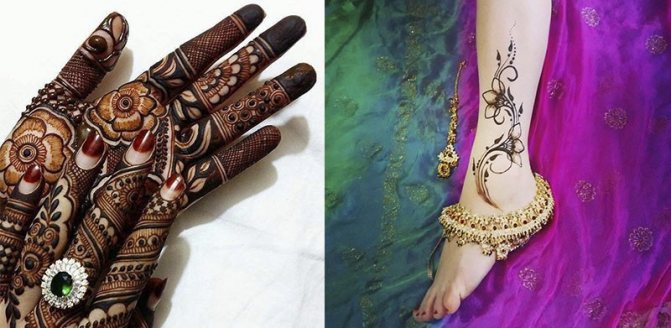

The love for mehendi among women and men around the world is due to a number of strong advantages, thanks to which this art has not lost its popularity for many centuries. If you have decided to get to know mehendi closer, it is necessary to take into consideration all the advantages and disadvantages of this ancient art of body art. The advantages of mehendi include
:
- Hypoallergenic.
Mehendi does not cause irritation, itching or redness on the skin, because it is done with natural henna and fixed with natural oil; - Additional camouflage.
At an important event, for which (as a rule) mehendi is created, it is important for a girl to look perfect. Large openwork pattern can easily hide birthmarks, pigment spots or scars (or other skin defects); - The comfort of the procedure.
Both while drawing and removing the image, you will not feel any discomfort or pain, because henna for mehendi does not penetrate into the deep layers of the skin, and no needles or anesthesia are required for its fixation. The process of changing from one biotatu to another does not involve any painful intervention (pinning). You can simply wait until the henna for the tattoo comes off by itself, sloughing off along with the dead epithelial cells; - The ease of changing the image.
In contrast to the classical tattoo, mehendi drawings can be changed about 2 times a month (depending on compliance with the rules of care for them). The skin of the body will not need long and expensive rehabilitation procedures to prepare for the replacement of one pattern for another; - Beneficial effect on the body.
In addition to its bactericidal properties, henna paste applied to the skin helps accelerate the healing of minor wounds, saturates the skin with its constituent nutrients, and can even help reduce headaches.
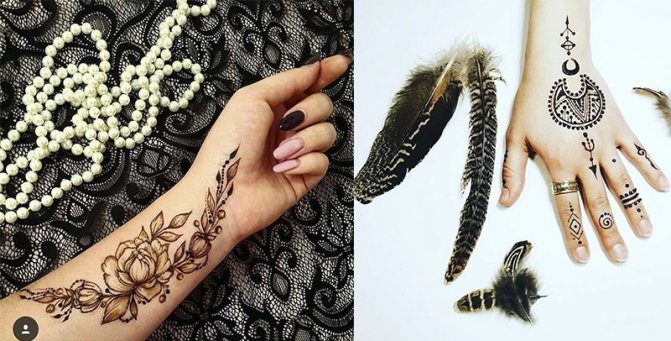

As for the disadvantages of these natural tattoos, the following can be attributed to the essential:
- Lack of durability.
The drawing stays on the skin for up to 4 weeks and even with the most careful observance of the recommendations, gradually losing its beauty; - Limited color gamut.
Natural henna for mehendi only comes in brown, dark brown and black. For wedding mehendi, white hypoallergenic acrylic body art paint is used, but it is not quite the classic mendi; - Careful care.
As the pattern is created from natural materials with a natural preservative, this fragile beauty requires considerable efforts to maintain it in a pristine-perfect condition; - Limited choice of application site.
Henna is best on the parts of the body that rub against clothing the least, where the skin is rougher and more dead cells (ankles, back, wrists, nape, shins). It can be extremely difficult to decorate these areas on your own, so it is best to trust the skillful hands of a master.
If the beauty of the sketches and photos of ready-made images with mendi captivates you so much that there is a desire to try to immerse yourself in the atmosphere of the East, it is necessary to learn all the subtleties of preparing the body for this procedure. And also prepare the necessary products and accessories for the step-by-step application of mehendi and aftercare.
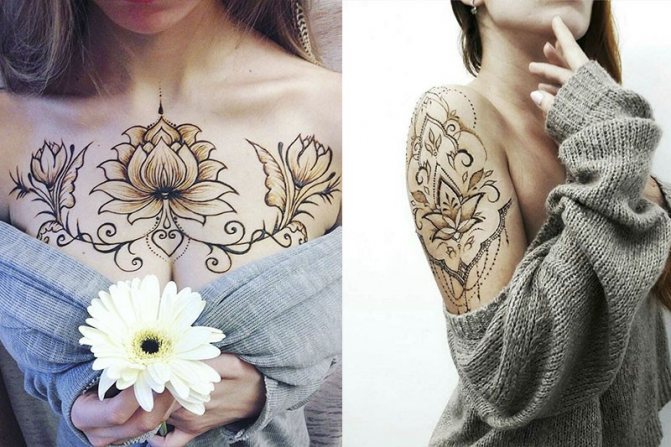

How to make a tattoo stencil
If you want to get an original image, you can make stencils for henna tattoos yourself. Take advantage of the sticky tape - just cut out the ornament you need, the resulting sketch stick tightly to the body and draw on your skin your exclusive pattern, which you definitely do not meet anyone else.
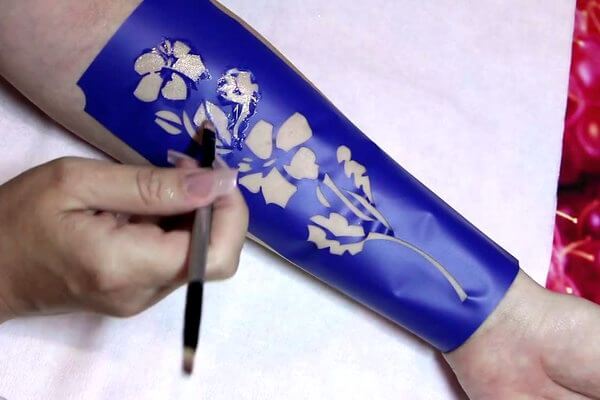

If the role of the artist is not for you, then just buy ready-made pictures with a henna tattoo at home. Use them is easy: fix the template on the skin with masking tape and apply the paint on top, making sure that all the slots were filled.
Then carefully remove the stencil, rinse it with water, but do not throw it away, it can be used more than once.
How do I apply the stencil correctly?
In order for the drawing to last as long as possible, mehendi should be applied only after the preparations have been made:
- steaming the area of coloring, necessary to open the pores, which after this procedure will easily absorb the dye composition;
- cleansing the skin from surface impurities using a special detergent;
- removal of dead skin particles using peeling or body scrubbing products;
- Degreasing the selected area with products containing alcohol.
Mehendi patterns are drawn with a special thin brush, stick or a device that looks like a pastry cream bag.
The thinner the lines that make up the pattern, the more refined and beautiful the result will look.
The procedure of mehendi is quite simple, you should have a minimum of drawing skills to do it yourself:
- Apply the stencil of the future drawing on the skin.
- Draw the borders of the pattern with a felt-tip pen or a thin brush dipped in henna.
If a line or pattern does not come out in the process of drawing, you can always wipe the unsuccessful section with a cotton swab soaked in alcohol.
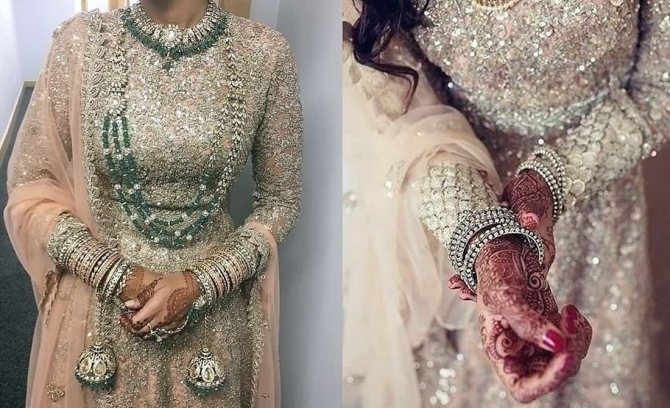

What color of the drawing can be achieved
Henna drawings on the body can turn out different shades - it depends on three nuances: the time of holding the paste, the reaction of the skin to the dye, and the place on which the image is applied.
Immediately after the removal of the dye the ornament will get a pale orange color, in 4-5 hours it will darken and become bright orange, and then in 2-3 days its shade will gradually change to red-beige color.


Depending on the type of skin, the final result of mehendi at home can turn out as a rich red or dark brown. The brightest images come out on the dense areas of the body (arms and legs).
How long does a henna tattoo last? It also depends on the reaction of the skin and the place where you decided to draw the pattern. If we talk about the average time interval, the henna tattoo on the stomach, on the back and under the breasts lasts from three to seven days, and on the arms and legs - from one week to two. Then the paint gradually fades and disappears without a trace on the skin.
Interesting: Beautiful small tattoos for girls
Rules of care for the drawing
The circle of knowledge on how to draw mehendi also includes the rules of care for the image. If they are neglected, the picture will fade and disappear in 10-12 days. Here are the main recommendations:
- The first 2-3 days do not wet the picture. Only after 72 hours from the moment of application, when the biotattoo will acquire a final look, it can be wet.
- Lemon juice, garlic, sugar solution, applied to the drawing in the first hours, will make it brighter and more saturated.
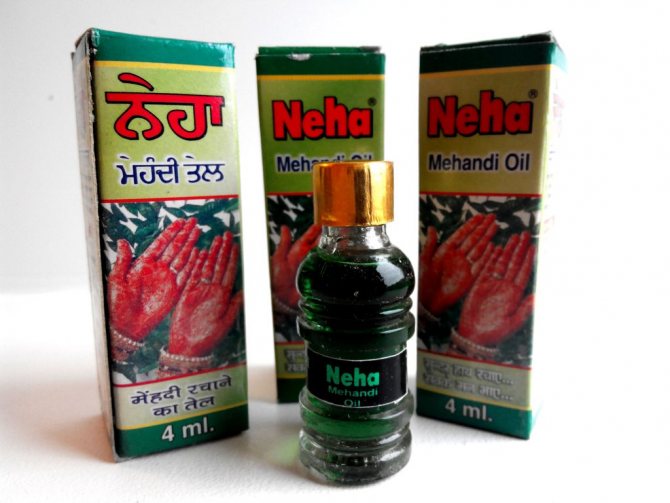

The feeling of tight skin and dryness that occurs after the coloring paste dries will remove the essential oil. It is allowed to use and creams on a fat basis.
If you take care of properly mendi, the picture will last 4-5 weeks.
What are the possible complications
Natural henna healthy skin no harm can cause, because it is a vegetable raw material.
But in some cases (here we are talking about the purchased dye), there may be side effects.
Complications occur if you add extraneous dyes to a natural product, and then it is fraught with allergic reactions. To avoid this, you need to carefully study the composition before using the purchased paste.
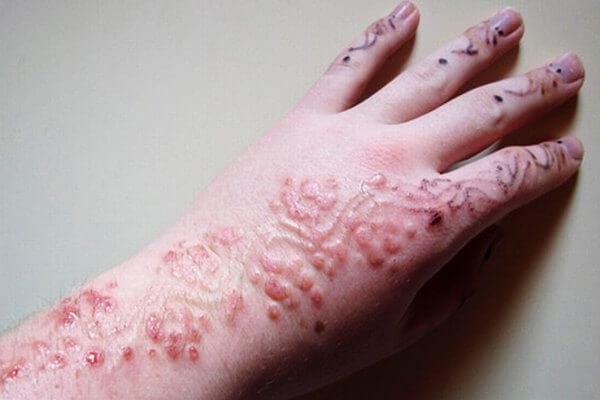

Complications can also occur if mehendi painting is done on skin affected by psoriasis, eczema, seborrhea and other identical diseases.
In addition, side effects in the form of redness, peeling and even inflammation sooner or later will certainly occur if you often apply a temporary henna tattoo on the same place - you should not do so categorically, the skin must rest.
Preparation of the paste
To create an incredible pattern on your own body, you need to prepare the paint. The quality of the pattern and how long the mehendi will stay on the surface of the body depends on the correctness of the creation of this solution.
The standard recipe involves the use of the following ingredients:
- 0.5 l of hot water;
- 40 grams of natural henna powder;
- 2 tsp. ground coffee;
- 2-3 drops of tea tree oil.
The process of preparing the dye looks like this:
- Pour the powder in water and put the mixture on the stove, on a low heat.
- After the composition boils, put the coffee in it.
- Thoroughly stir the lumps that form.
- Keep on low heat for at least 60 minutes.
- After turning off the stove, add tea tree oil to the composition, which will ensure colorfastness.
- Infuse the paint for 3 hours in a darkened space.
A quality composition will have a medium thickness. The paint must not flow or be very thick, otherwise it will be difficult to achieve accuracy in its application.
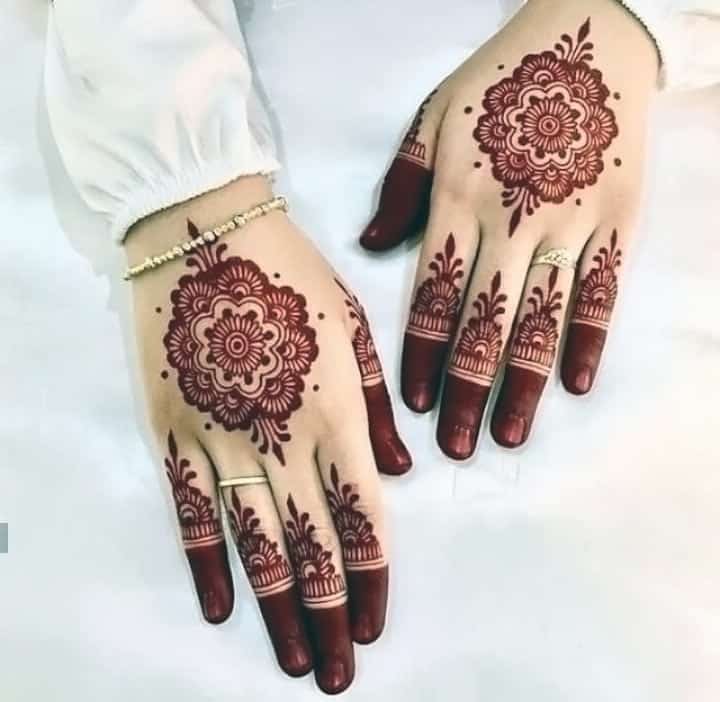

Mehendi painting on the arm
Temporary henna tattoos on the arm are popular, mainly among the fairer sex, because the henna painting on the hands looks very gentle and feminine. Also often the beautiful half of mankind prefers to draw a henna tattoo on the palm and do mehendi on the wrist.
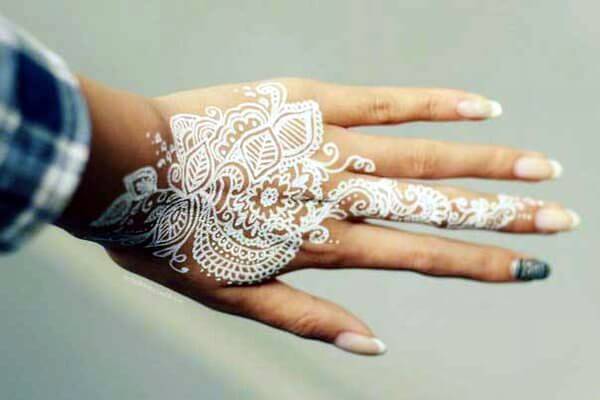

Moreover, special attention is paid to the meaning of the applied image. What henna tattoos on the hand are popular today? Let's allocate 4 of them.
- Patterns. Means good luck on a personal front, love or a romantic relationship.
- The lotus. The flower of this beautiful plant is applied by those who need good luck in affairs.
- Owl. A symbol of wisdom, it indicates the mental qualities of its possessor.
- A dreamcatcher. It is believed that it protects from evil spirits and protects from spoilage and the evil eye.
Especially stylish looks mehendi white henna, such ornaments often attract girls and young ladies. Today, doing drawings of white henna on the hand for girls is very fashionable, it symbolizes purity, so such patterns are often used by brides.
How to create your own style: sources for inspiration
Today, an indispensable helper for those who are looking for how to learn how to draw mehendi, is the Internet. There are many diagrams showing how to draw mehendi step by step, as well as cut-outs for stencils. All of these will be the basis for learning at first.
Creating your own style is a more complex task. Here's what experienced masters of the art advise:
- When studying the mehendi samples shown in the photo, do not forget about the anatomical differences. On a small hand the drawing will look very different than on a wide arm.
Mehendi painting on legs
Tattoo henna on the leg do not only women, but also men. And, despite the fact that such drawings are often hidden under clothing, the meaning of the applied ornaments is also given special attention.
In this case, it is not even the pattern itself that is important, but the part of the leg, on which it is applied, because it carries a certain meaning.
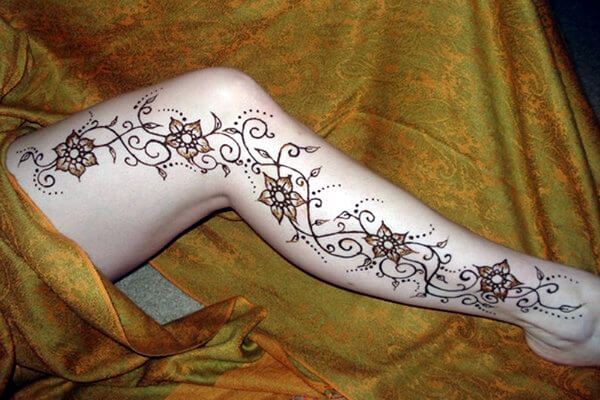

What do these places mean?
- Left foot. The ornament on the left leg indicates that the person is looking for his place in life.
- Right foot. The pattern on the right foot indicates confidence and determination.
- Left foot. The pattern on this area indicates that the person lacks attention.
- Right foot. The image on this area indicates selfish tendencies.
What is mehendi done with?
The paint with which the drawings are applied is made from a shrub called lavsonia. The leaves of this plant are harvested as soon as it blossoms, then they are grinded to a powdered state, obtaining the well-known henna.
The higher the leaves are on the shrub, the higher the coloring ability of the powder obtained from them. These leaves are used to make body powder and those below are used to make hair dye.
Henna has a wide range of uses; it is used for:
- hair coloring;
- drawing patterns on the body;
- treatment of the scalp;
- repairing damaged hair structure;
- body care;
- preparation of medicines used in the fight against diseases of the skin, mouth, head.
There is a belief that mehendi on the hand is able to attract to its owner happiness, give love and successful marriage. Some are of the opinion that the drawing created on the body with henna can purify the aura.
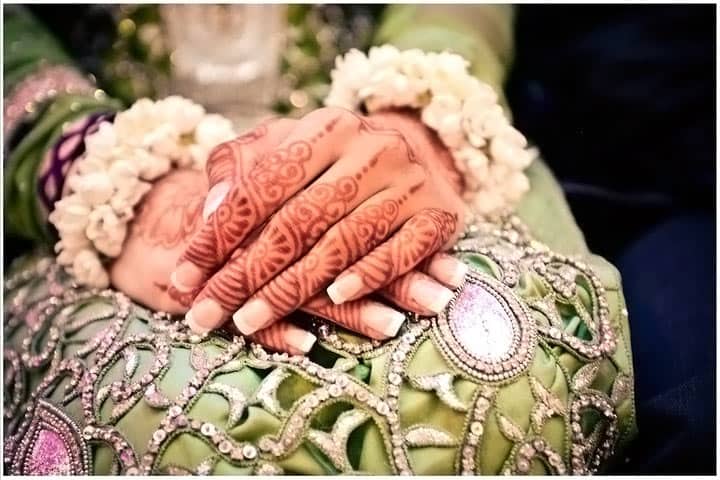

Mehendi painting on the body
You can draw mehendi not only on the hands and feet, henna paintings also look beautiful on other parts of the body. For example, very graceful looks henna tattoo on the neck, especially if it is not a specific pattern, but simple and at the same time stylish patterns.
Girls often choose small tattoos in an Arabian or Indian style, where the emphasis is on floral motifs and flowing patterns. Sometimes white henna for mehendi is used for this purpose, but mostly for special occasions.
Interesting: Beautiful paired tattoos for two people in love
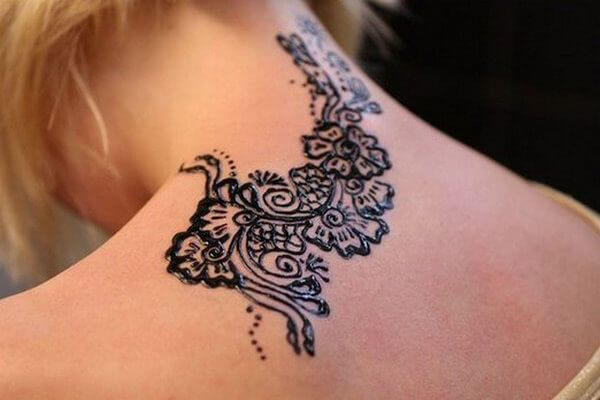

Also often painted the back, abdomen and chest area, which looks very exquisite. In the network you can find a large number of photos and videos with all sorts of options for temporary tattoo sketches.
Wedding mehendi: how to elegantly complement the image of the bride?
Classic chocolate or ochre henna patterns look appropriate in all other cases, except for the main holiday in the life of the girl. The so-called white wedding mehendi, emphasizing the fragile beauty of the bride, has become a popular and spectacular way to complement the wedding dress. It wonderfully harmonizes with the bouquet and veil, becomes an extension of the wedding dress itself, looks very feminine, delicate and elegant. Temporary wedding body art can be both in visible parts of the skin, and become a kind of surprise for the future spouse (if it is located on the parts of the body closed by the dress).
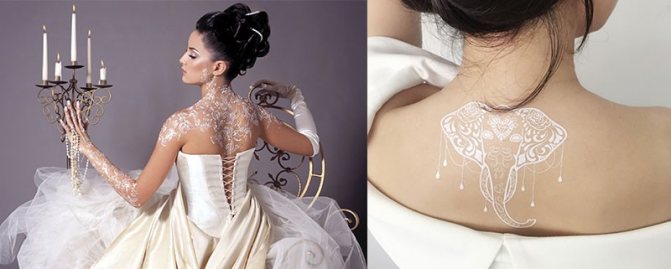

White henna mehendi is also safe for the skin, as well as natural henna patterns, but differs significantly less persistent - from 1 to 3 days. The reason for this fragility is that natural white henna does not exist, and to create the pattern a special hypoallergenic acrylic paint is used. Hypoallergenic glue is added to its composition, which guarantees the durability of the ornament, but does not cause discomfort to the bride. White henna does not penetrate the skin like its natural counterpart, so it is much easier to care for your wedding mehendi. White mendi for the bride will not rub off or smudge if it is applied to clean, non-greasy skin and fixed with regular hairspray on top.
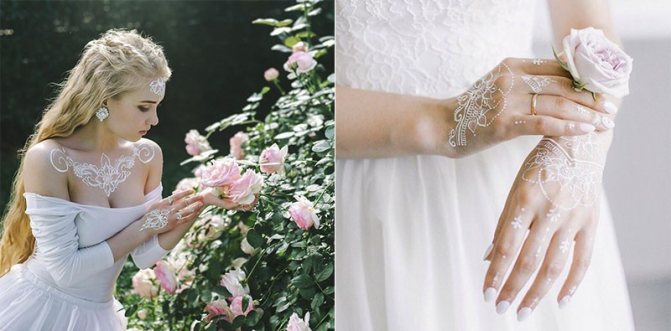

Such a way to decorate the body of a beauty suggests a lot of stylish and original variants of embodiment. This can be openwork "gloves" to the elbow or to the wrist, or patterns of lace, complementing the dress with open shoulders (imitation of capes or straps). No less original and fabulous look jewelry on the face. These can be floral patterns descending from the eyelids or barely noticeable twigs on the cheeks, flowing into an ornament on the neck. Imitations of stockings or garters, or even the exact image of a wedding bouquet also look very effective and romantic.
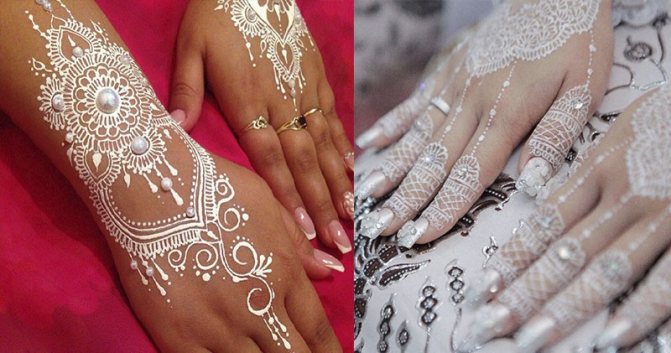

Beautifully made mehendi can easily become the main decoration of the bride, replacing the luxurious jewelry. It will look delightful on the photo and will give a young woman a lot of positive emotions both during the application, in the process of celebration, and at the end of the most magical evening of her life.
A stylish and unusual accessory or a kind of good luck charm (black or white, chocolate or copper) - once applied to the body mehendi will catch you with its mesmerizing beauty and will definitely inspire you to repeat it. Don't be afraid to trust your body with henna, experiment on your own or enlist the help of a master. Remember, this oriental tale will bring you only positive emotions!
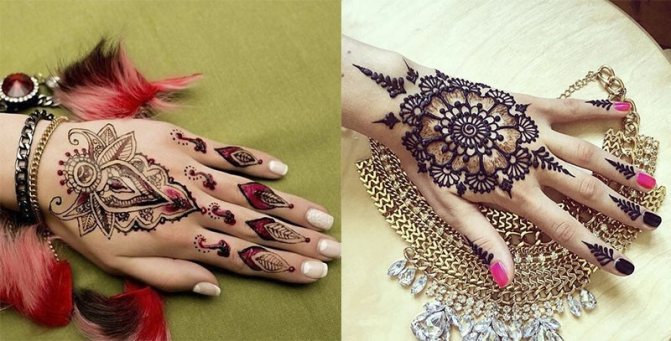

Mehendi painting for men
The representatives of the stronger sex also like to decorate their bodies with original patterns and make mehendi at home. And if for the boys to choose a drawing is not difficult, for a guy to find a suitable ornament is not so easy.
Men's henna drawings should not be floral and sentimental - these are female options. For example, if you need to draw a henna sleeve, it is better to choose an abstract composition with clear lines.


It is the hands most often choose men to do a henna tattoo. Less often - legs, back, shoulders and forearms. Also, the stronger sex prefers to avoid small patterns, rightly believing that the male tattoo should be large.
Photo gallery for beginners: spectacular and simple sketches
To make it easier for you to master the art of henna drawing, we have prepared for you a selection of photos of simple mehendi designs. Even a beginner can do it. In this case, such simple drawings are best suited for those who are just mastering the technology of applying biotattoos.
Gradually, during the exercises, you will understand how to draw mehendi you like. A true master perfects in this art all his life, and it is an extremely fascinating process - try it yourself!
Guidelines for Mehendi Persistence
How to do mehendi - we have considered, but in order for the picture to remain clear and bright longer, it is necessary to properly care for it. And to prolong the life of a temporary tattoo, it is important to follow certain rules.
Our tips will help you in this.
- To make the sketch hold up better - spray the skin with hairspray and press the film.
- Within an hour after drawing the pattern moisten it with a solution of lemon juice and sugar in a ratio of 2:1 - this is necessary for better pigment absorption.
- While the tattoo will dry - keep it in the sun, the color will become more saturated.
- After you remove the excess paste from the skin, wipe the image with almond, eucalyptus or sesame oil - this will give the pattern intensity.
- While the mehendi is on the body - refrain from visiting baths, saunas and swimming pools.
- Do not wash the tattoo with soap (rinse with water), do not rub it, do not wear tight clothes and refuse a hot bath (only shower), otherwise the drawing will come off much faster.

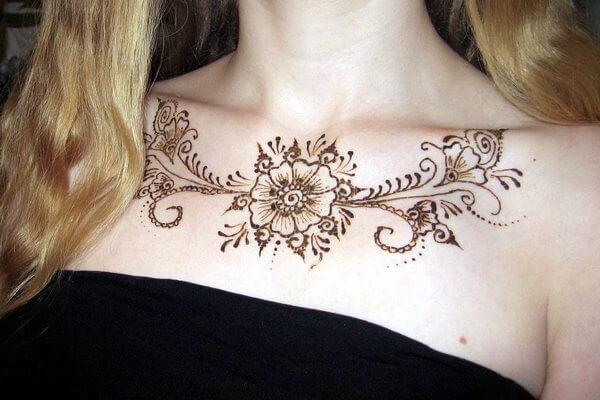
- Don't overdo it with physical exertion - sweating will hurt the tattoo.
- Before water procedures, apply any vegetable oil to the ornament for protection. Not petroleum jelly - the minerals present in its composition are harmful to the tattoo.
- Remove dried paste from the skin better with a blunt knife or scrub with a handkerchief.
- The drawing dries within an hour, but for a more durable effect it is better to dry it for several hours. Ideally, the tattoo can be done in the evening and left to dry overnight.
- For the brightness of the mehendi, it is recommended to wipe it every day with olive oil.
- The henna paste can be frozen in a tightly closed container - it can be stored for 3 months. When you need the paint - it will defrost quickly, but you can't freeze it again.
And lastly: If you do not want to prepare the paste for a temporary tattoo with your own hands or for any reason you could not buy dry henna powder - just order the ready-made paint online. One tube is enough for several patterns.
Step-by-step instructions for applying henna
Before diluting the working solution, experiment with the color. Lime (lemon) juice will give the tattoo a radiant depth, while coffee (tea) will make the color warmer and darker.
Step one. Prepare the mixture
- Sift the required amount of henna in a bowl;
- Add the strained juice of a lime;
- brew some strong coffee and add a few spoons of hot drink to the mixture;
- Cover the mixture with a napkin and leave it to swell for 10-12 hours.
The ready mixture can be stored for a week in the refrigerator or a month in the freezer. If it is necessary to renew the pattern, you can prepare the paint in stock.
Step two. Let's apply the pigment
The paste for the drawing should be homogeneous, resembling the consistency of sour cream. Too thick mixture can be diluted by adding one of the components: lime juice or coffee. Then proceed to the process of drawing:
- Make a cone-shaped bag of polyethylene or foil and unload the mixture into it. In the thin part of the cone we make a hole with a large needle;
- If you are not sure that the drawing will be done "by eye", take a stencil. It can be bought or printed from the Internet;
- The place for the drawing is thoroughly washed and the hair is removed. It is possible not to touch the hairs, but take into account that they will be colored too, and the fading of hair paint will take longer than on skin;
- we apply the pigment. In principle, it reminds you of decorating a cake;
- Let the paint dry for an hour, and then carefully remove the excess mixture and wash the area with running water.
To fix it, we wipe the drawing with essential oil or other oil. It is better to take oils with a moisturizing effect, as henna dries the skin.
If it was not possible to achieve the desired result, it remains only to wait until the pigment is not washed away and try again. Looking for how to remove a henna tattoo in one day is useless. You can wash the pattern with soap and sponge or apply a scrub. This will make the color pale, but will not remove it completely.
Where to start if you don't know how to paint?
The best option in mehendi for beginners is to use simple, uncomplicated shapes. Geometric shapes (drop, rhombus, cross, circle, arc, dot, parallel lines, zigzags), plant ornaments (flowers, vines, curls, leaves, wavy lines)-are quite simple and attractive.
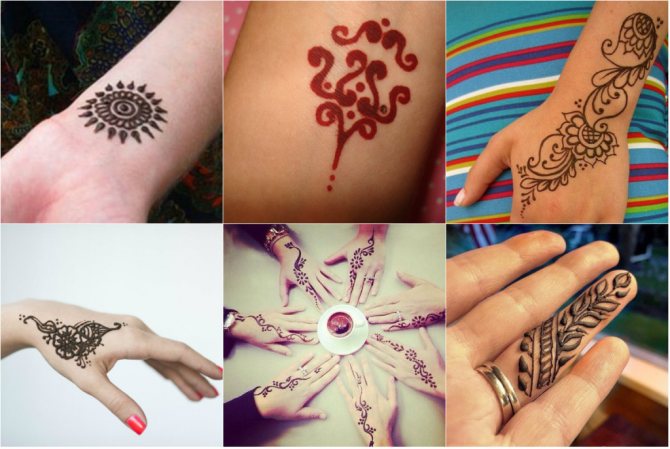

If you want to draw henna patterns on a large area (such as the shin), you should mentally (or even with a pencil) divide it into several parts and draw each part separately. Subsequently, you will connect all the parts with adjacent drawings or lines.
From previous article you remember what each pattern means. Draw what you like and what you would like to show to the world or attract into your life. The sacred meaning of the patterns will bring meaning to your creative process. Always start the drawing process with the narrowest lines, moving smoothly to straight lines. There are patterns that are easier to draw from their center part. Finish the process with rounded elements, without sharp corners and lines. To learn how to draw henna on the hands, you can watch not only a video, but also practice on a sheet of paper. In this way, you can not only learn how to confidently guide the brush on the hand, but also work out the basic elements and patterns. You might even come up with a lot of creative and original patterns. Remember, it's always better to practice and get a little "hands-on" than to try to fix the wrong thing later. Mastery does not come at once, so it is important to be patient. The more confident you will hold the brush, the better will be the drawings.
By the way, it is not necessary to use Indian and Turkish symbols. You can also draw a temporary version of the tattoo that you would like to try on yourself.
It's original, unconventional and safe. If you do not like the "sample" of your tattoo, you can always "try on" another . Want, draw chanterelles, pussycats, birds, dragons, hieroglyphs, inscriptions, figures, even a receipt from McDonalds, as one young Norwegian did...
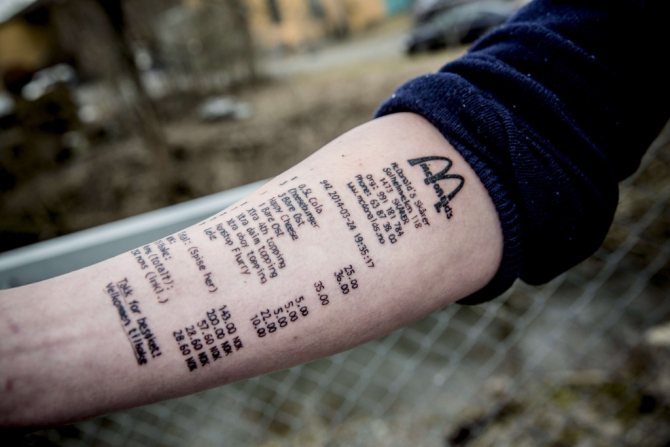

Let it be pretentious, but individual. Even if you don't like the result, it won't last forever - you'll get over it without even noticing it.
How to keep the pattern for a long time?
To extend the enjoyment of the time and money spent on mehendi beauty, a few simple rules should be followed:
- Avoiding contact with water, especially in the form of visits to the sauna or baths, pools with chlorine and the salty sea.
- The use of protective gloves and special products during washing (if the mehendi is on the hands).
- Taking care of the tattoo, which means not rubbing it against clothing or bags.
- Wearing loose fitting clothing that allows the skin to breathe and the design not to come into contact with the sweat.
- Prohibiting the use of a washcloth while showering (on the area where the pattern is located).
- Careful attitude to the skin care products, if they contain alcohol, it is forbidden to use such substances on the skin with mehendi.
- Constant moisturizing of the surface of the drawing, which allows you to slow down the processes of dying off of old cells of the epidermis.
- Avoid creams that have a bleaching effect.

